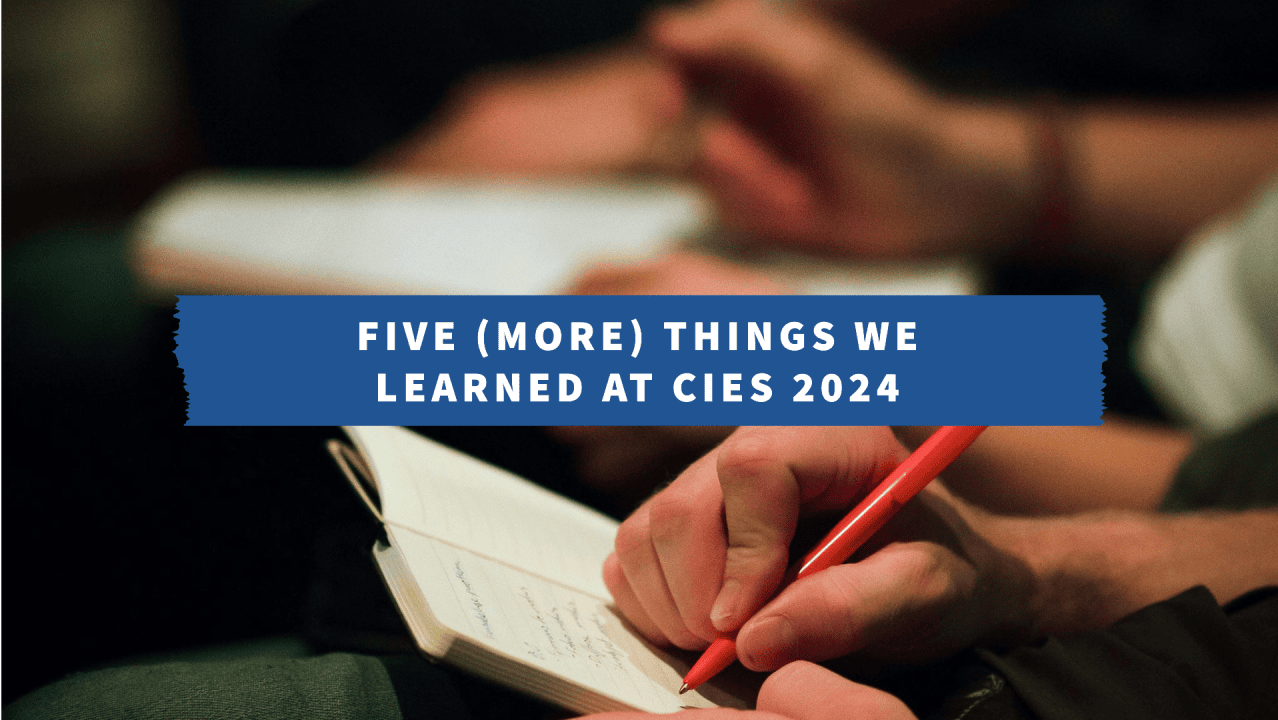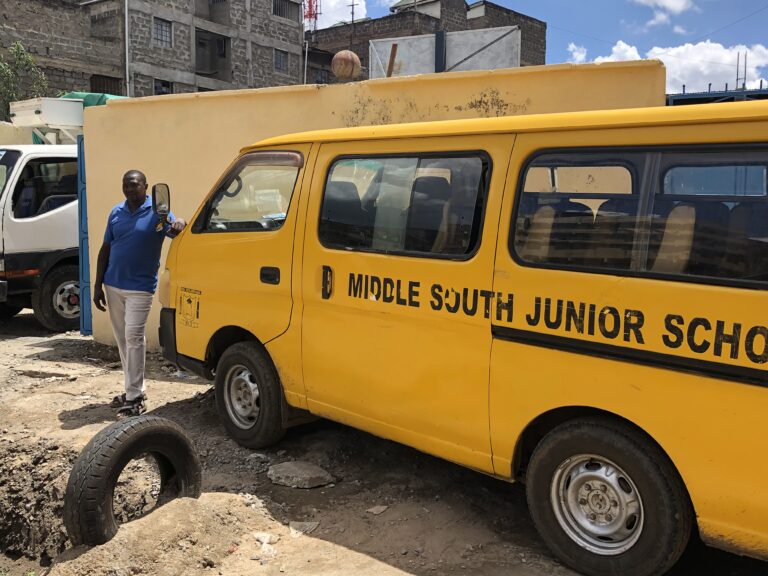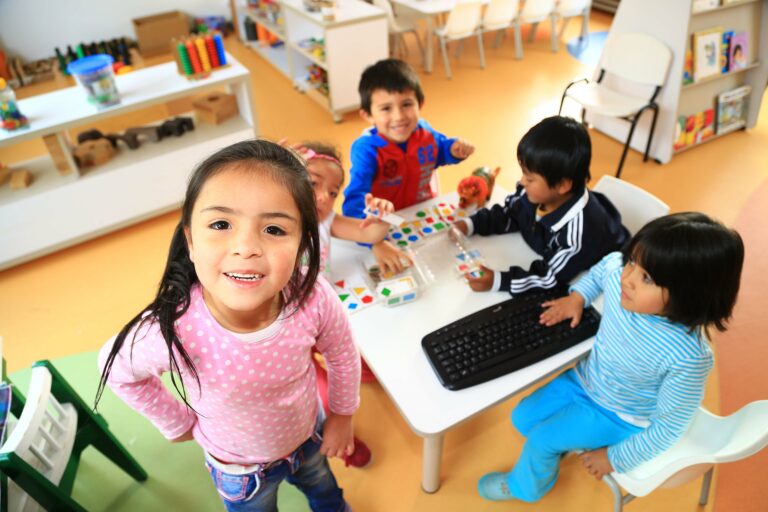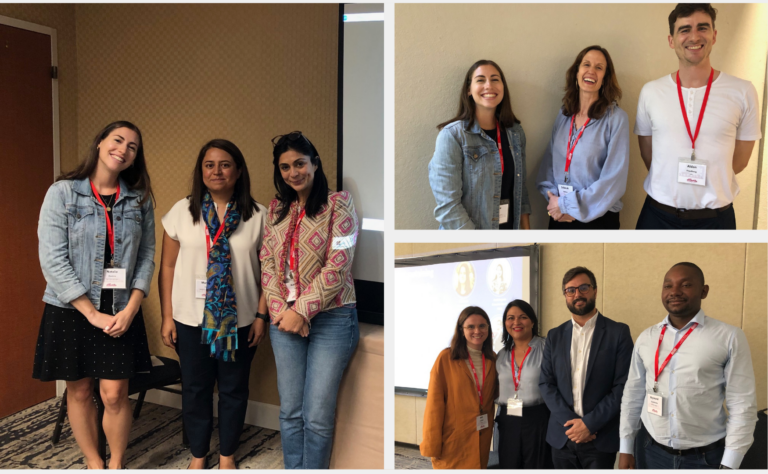Five (more) things we learned at CIES 2024

Following our recent blog where we shared highlights from our sessions at the CIES – Comparative & International Education Society conference (CIES 2024), we’re back with more insights. Here we share our key takeaways from a selection of sessions hosted by Education Finance Network members, shedding light on the trends, challenges, and promising practices driving the education landscape forward.
1. Effective school-wide interventions make a bigger difference for girls
In a session titled All does mean ALL: Supporting girls and young women to be visible, enter education spaces and participate in decision making, with, among others, PEAS (Promoting Equality in African Schools) and Foreign, Commonwealth and Development Office we learned that school-wide interventions that work (and don’t work) make a bigger difference for girls than for boys. It’s not always necessary to target girls specifically, but rather to ensure quality school environments for everyone, as these interventions will have a greater impact (positively or negatively) on girls.
The speakers also emphasized that targeted interventions for girls MUST feel inclusive also to boys. If not, we risk doing greater harm. Boys must be involved and included because they need to be allies, and if they feel “left out” they become the opposite.
2. Four types of data required in Results-based Financing
Non-traditional financing methods such as Public-Private Partnerships (PPPs) and Results-based Financing (RbF) are gaining traction among education funders and implementers. Quality data plays a crucial role in RbF, as these mechanisms link funding directly to performance results.
The need for better data in education financing was the focus of a session on Four types of data required for results-based financing in Early Childhood Development (ECD) and education hosted by The Brookings Institution, Early Childhood Development Action Network (ECDAN), and The Education Outcomes Fund.
The speakers discussed the significance of four types of data when structuring, implementing, and evaluating RbF instruments:
- Cost data: Reveals the actual cost of achieving desired outcomes, which is critical to guiding resource allocation and budgeting.
- Cost of inaction data: Refers to the net economic benefits that would be foregone if the intervention does not take place – this can be useful for advocating for the investment. See ECDAN’s cost of inaction tool here.
- Real-time performance data: Provides immediate insights into what’s working, what’s not, and for whom, enabling quick adjustments for better outcomes.
- Results data: Assesses whether the intended outcomes are being achieved – this is crucial for accountability and decision-making, and for guiding RbF program improvement.
Read more about the four types of data in Brooking’s blog.
3. How to choose the right costing tool
The discussion around data tied well in with the tools presented in another session, titled Making Cents: How tools and methods are helping the sector conduct cost analysis. There, we were introduced to different costing approaches including USAID Center for Education’s approach to cost measurement, Brookings Institution C3 Childhood Cost Calculator, and International Rescue Committee’s Dioptra.
These tools can help donors, governments, and implementers identify the most cost-efficient or cost-effective interventions, which is critical to make the most of available resources. With the growing demand for cost analysis in the education sector, these actors must identify which of the several different costing methodologies is best suited to meet their needs. The graphic below shows a framework developed by SALT Analytics, which can help organizations chose which costing tool is right for them, depending on the desired cost analysis method and whether they wish to analyze retrospective, concurrent, or prospective costs.

4. What works (and what doesn’t) in running Communities of Practice?
Communities of Practice (CoPs) can serve as powerful avenues for knowledge exchange, peer-to-peer learning, and collective action. In a session on Communities of Play: Learning Together to Improve and Scale Playful Learning, FHI 360, edc.org, Innovations for Poverty Action, and RTI International shared successes, challenges, and lessons learned from several years of managing and evaluating four CoPs for implementing partners of The LEGO Foundation.
Some of the key lessons learned presented in the session include:
- There’s no replacement for in-person meetings. A survey among members of FHI 360’s Playful Parenting CoP, designed to better understand members’ experiences of virtual vs. in-person meetings, found that after meeting in person, members felt more comfortable engaging with their peers than before the meeting.
- We are people first and foremost. People value getting to know each other as individuals – this can be done, for example, through participants posting pictures from their life (a “play in my day” example) on a shared platform.
- Asynchronous participation is a challenge. Most of the CoPs featured in this panel use both real-time participation through virtual and in-person meetings at various intervals, and asynchronous participation through platforms such as Teams, Slack and WhatsApp groups. However, several of them reported that engagement outside of real-time meetings remains a challenge.
- Playful learning models are effective for adults too. In their Tech and Play Initiative CoP, EDC applied playful learning approaches, which showed that such approaches can foster active engagement in learning.
5. What we don’t know about how to shift teachers’ beliefs, skills, and practices
Structured pedagogy for teachers is widely recognized as one of the most effective ways to improve student learning. But what do we know about how to make such programs as effective as possible?
In a session on Effective implementation of teacher support: Cross-context evidence and multidisciplinary synthesis on how to support teaching to improve learning, we learned from Central Square Foundation that evidence suggests that teachers find guides helpful in planning and preparing for their classes, and teachers who follow the guides can see accelerated shifts in classroom practice and student outcomes. However, challenges such as delayed delivery of materials to the classrooms, yearly changes to the program, and mixed messaging from the state discourage teachers from adopting the new material.
We also don’t know enough about how teachers shift their beliefs, skills, and practices. For example, we don’t know:
- How to move a teacher from non-users of the tools provided through an intervention, to power users.
- The most effective sequence of teaching teachers the ‘why’, ‘what’, and ‘how’ of a certain practice. Do they need to know the ‘why’ before the ‘what’, or the other way around?
- What motivates teachers to adopt a certain practice. For example, is autonomy in the classroom more motivating than a sense of mastery of a new skill? In addition, teachers’ experience from their own childhood is an often-overlooked driver of their belief and practice: ‘I teach how I was taught’.
A platform for learning and collaboration
With sessions numbering in the hundreds, CIES 2024 provided a platform for knowledge exchange, collaboration, and inspiration across a breadth of topics. While we have only scratched the surface in showcasing a handful of these learnings, the depth and richness of the conference program underscore the appetite for continuous learning and exploration around effective ways to improve access to quality education globally. The Education Finance Network, a community of practice for diverse non-state actors in education, remains committed to fostering learning, sharing, and collaboration aimed at enhancing education systems worldwide.





